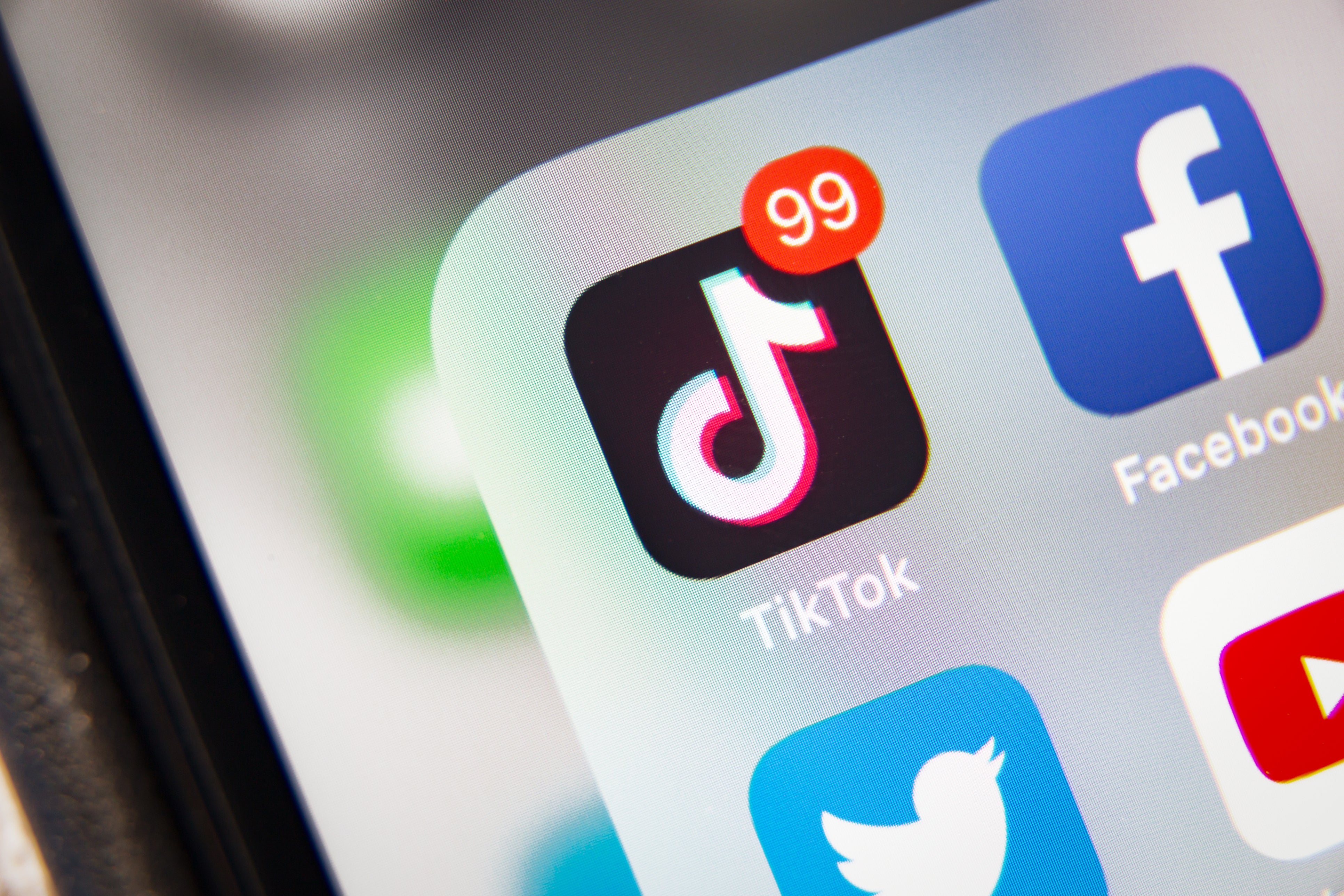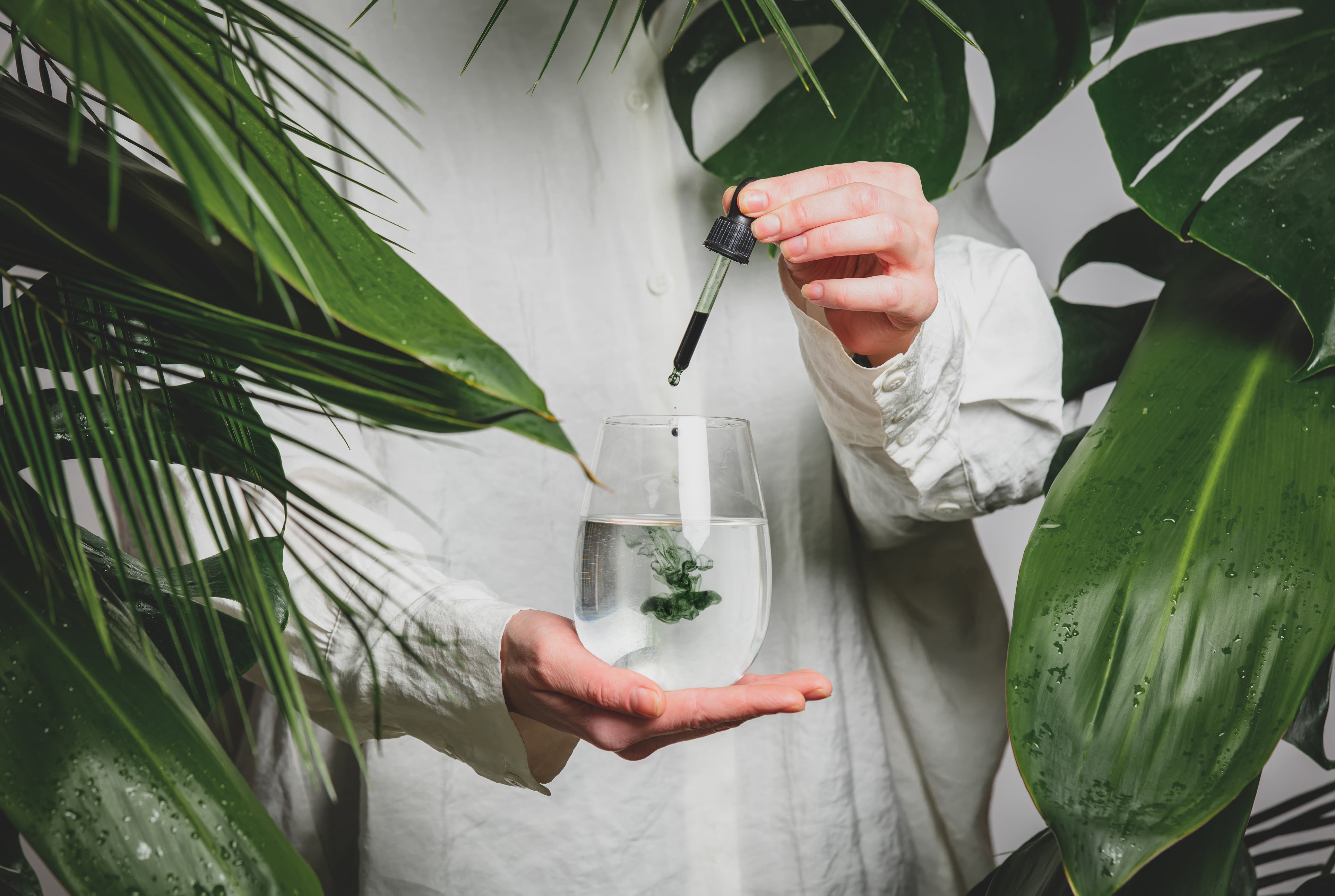Doctors advise against taking beauty tips from TikTok
It may be tempting to follow the latest beauty fads on the app, especially when influencers make it look so easy, but medics warn that some trends can be harmful, writes Jessica Schiffer

Your support helps us to tell the story
From reproductive rights to climate change to Big Tech, The Independent is on the ground when the story is developing. Whether it's investigating the financials of Elon Musk's pro-Trump PAC or producing our latest documentary, 'The A Word', which shines a light on the American women fighting for reproductive rights, we know how important it is to parse out the facts from the messaging.
At such a critical moment in US history, we need reporters on the ground. Your donation allows us to keep sending journalists to speak to both sides of the story.
The Independent is trusted by Americans across the entire political spectrum. And unlike many other quality news outlets, we choose not to lock Americans out of our reporting and analysis with paywalls. We believe quality journalism should be available to everyone, paid for by those who can afford it.
Your support makes all the difference.“I always know when something is trending on TikTok because I’ll have an influx of patients coming in and asking me about the same thing,” says Dr Niket Sonpal, a gastroenterologist.
Most of the time, that “thing” is a beauty or wellness tip that’s gone viral on the video-sharing platform, without evidence that it actually works. The advice may be ineffective or outright dangerous, from drinking chlorophyll to induce weight loss, to using sunscreen only in select areas to “naturally” contour your face.
“We talk about TikTok all the time in my office,” says Dr Dendy Engelman, a dermatologist and cosmetic surgeon, “and I think it might be worse than other platforms because people are really looking to create content with that wow factor, the thing that will go viral, even if it’s not grounded in science.”
It’s not surprising that the app that brought us the “Benadryl challenge” (taking large doses of the antihistamine to induce hallucinations) and “the Everclear test” (doing shots of the high-proof alcohol) is not a fount of doctor-approved beauty guidance. But many consumers throw reason and caution to the wind when faced with these trends, underscoring a growing subversion of authority in which an influencer’s word is replacing that of experts.
“It’s funny because patients are often so timid in our office about trying treatments,” Engelman says. “But when they see something done on Instagram from an 18-year-old influencer, they’re like, ‘Sure!’”
What not to try at home
Compiling an exhaustive list of TikTok’s bad beauty advice is next to impossible because the content on the platform seems to multiply in step with our increasingly short attention spans and insatiable craving for the new. But a few trends that have dominated the platform of late are especially mind-boggling to doctors.
If people are seeing ‘results’ from drinking chlorophyll, it’s likely because they’re drinking more water than normal, so their skin is getting better and their bathroom trips are more regular
Take “slugging,” a TikTok trend advising people to sleep with a thick layer of Vaseline on their face to aid hydration. Videos with the hashtag have 14.4 million views on the platform, and the trend has been promoted by influencers like Hyram Yarbro and Cait Kiernan. But dermatologists warn that it can have adverse effects on your skin.
“Putting an occlusive on your skin and letting it sit overnight sets you up for exacerbating clogged pores and breakouts,” Engelman says.
Then there’s the “sunscreen contouring”, which dermatologist Dr Neera Nathan heard about, to her horror, from one of her patients.
Some influencers have advised people tired of contouring their faces with makeup to use a thick sunscreen with high SPF, applying it only on the areas they want to highlight, like the top of the cheekbones and bridge of the nose. The rest of the face is left to tan (and burn), sunscreen free.
It’s a tip that flies in the face of the American Academy of Dermatology’s recommendation that everyone wear a broad-spectrum SPF of at least 30 on any exposed skin. “We know that this is crucial to do from a very young age from both a skin cancer and anti-aging perspective, so the idea that these videos are suggesting otherwise to a very young audience is disturbing,” Nathan says.
In April, drinking chlorophyll, which has had moments on other social media platforms, had a spike in interest on TikTok, driven by the endorsements of influencers like Amelie Zilber, according to Traackr, an influencer marketing platform. It has been called a “miracle product” that can increase energy levels, induce weight loss and clear up skin, but doctors say these claims are not backed by research.

Drinking chlorophyll is one of the more harmless recommendations on TikTok, but it’s likely to be a waste of money. (Raw chlorophyll drops on Amazon cost about £15, on average.) “If people are seeing ‘results’ from drinking chlorophyll, it’s likely because they’re drinking more water than normal, so their skin is getting better and their bathroom trips are more regular,” Sonpal, the gastroenterologist, says.
What trend do doctors really want to see left to the professionals? Microneedling, which involves puncturing the skin with tiny needles in an effort to generate new collagen. On TikTok, conversation around at-home microneedling grew in 2020 and is already experiencing five times more engagement in 2021, per Traackr, but experts say it’s incredibly risky to do at home.
While some studies have shown that medical-grade microneedling can improve skin suppleness and lessen wrinkles, “it needs to be done in a really clean, safe setting,” Engelman says, pointing to the high risk of infection. “If you go hard enough on your skin, it can lead to colour change, textural change and scarring, essentially worsening what you’re trying to make look better, like fine lines and acne scars.”
Viewer, beware
Tilly Whitfeld, a reality TV star from Australia’s Big Brother, has learned firsthand just how dangerous beauty trends can be. After spending her time on the 24-hour surveillance-style show wearing clay face masks or heavy makeup, she was questioned by viewers about what she was hiding and confessed vaguely on Instagram in May that a TikTok beauty trend had damaged her skin.
Whitfeld, 21, says by phone from Sydney that she hadn’t told anyone exactly what it was because she “knew” she would look like an idiot.
Last August, she was browsing TikTok when she came across a video teaching people how to give themselves freckles using sewing needles and ink that were said to fade within six months. Since the video didn’t clarify what type of ink to get, she ordered brown tattoo ink she found on eBay, which she later discovered was a counterfeit product made with high levels of lead, and began pricking her face in a freckle pattern.
“It didn’t hurt at all, so I didn’t think I should stop,” says Whitfeld, who went over the marks multiple times, as advised by the video’s creator.
There weren’t any faux freckles, and her face swelled up from infection, which caused her to briefly lose sight in one eye, she says, and she now has scarring across her cheeks and nose. With nearly $12,000 already sunk into doctor’s visits, Whitfeld has yet to find a solution to correct the damage. Laser removal is apparently not an option because, doctors have told her, the ink she used will turn black rather than fade.
“The main response has been that I’m stupid, and, yeah, I agree,” she says.
For doctors, it’s a terrifying scenario. “You have a lot of people claiming to be experts who have no real consequences for giving really bad advice,” Sonpal says.
Stories like Whitfeld’s have doctors hoping that the companies running these platforms will place disclaimers on beauty content stating that it’s unverified or dangerous to try at home, but they’re not holding their breath.
In the meantime, they’d prefer that you reach out to, yes, a doctor, via appointment or direct message on social media, before putting your faith in a TikTok video. As Sonpal puts it, “We can counsel and educate you for more than 60 seconds.”
This article originally appeared in The New York Times
Join our commenting forum
Join thought-provoking conversations, follow other Independent readers and see their replies
Comments